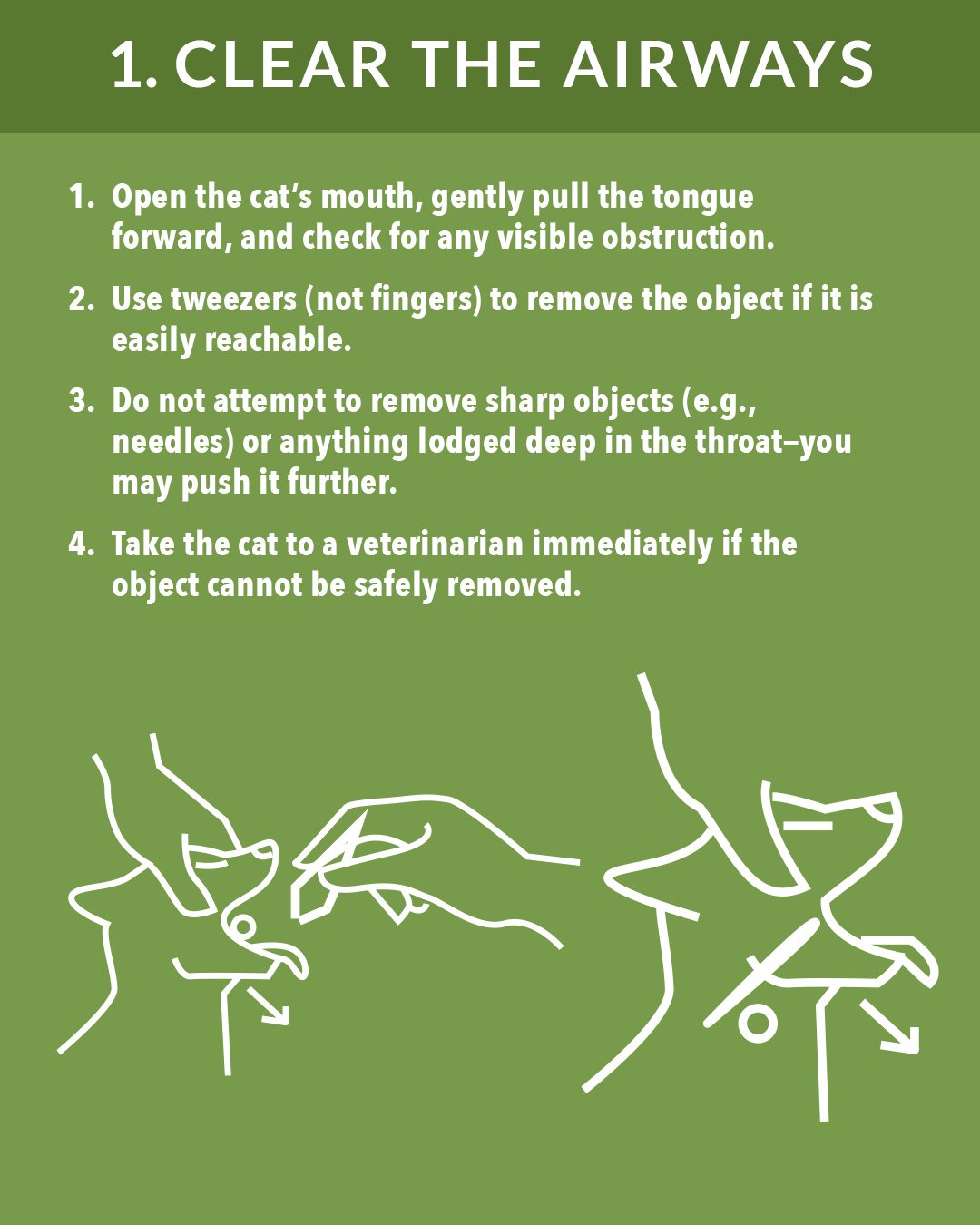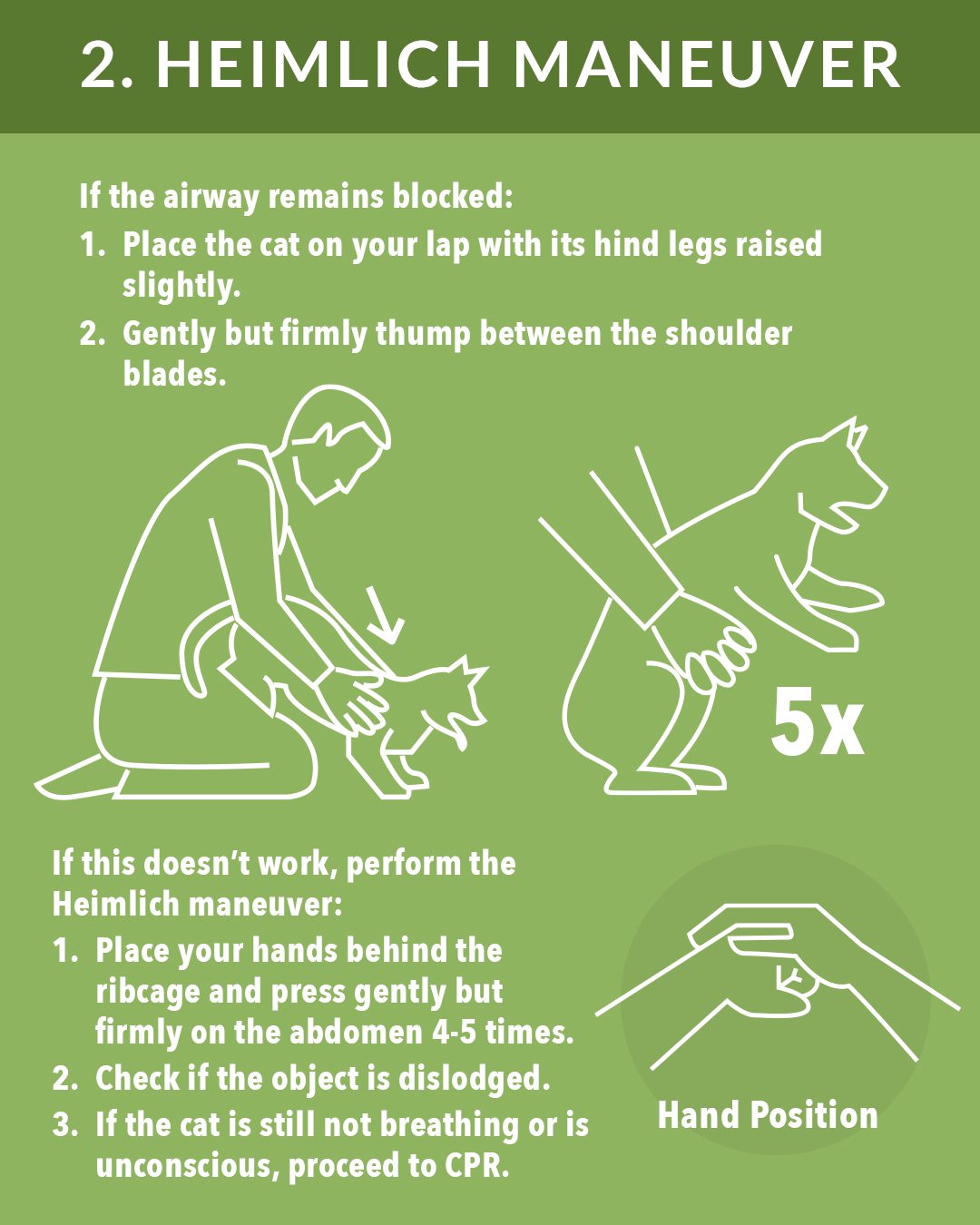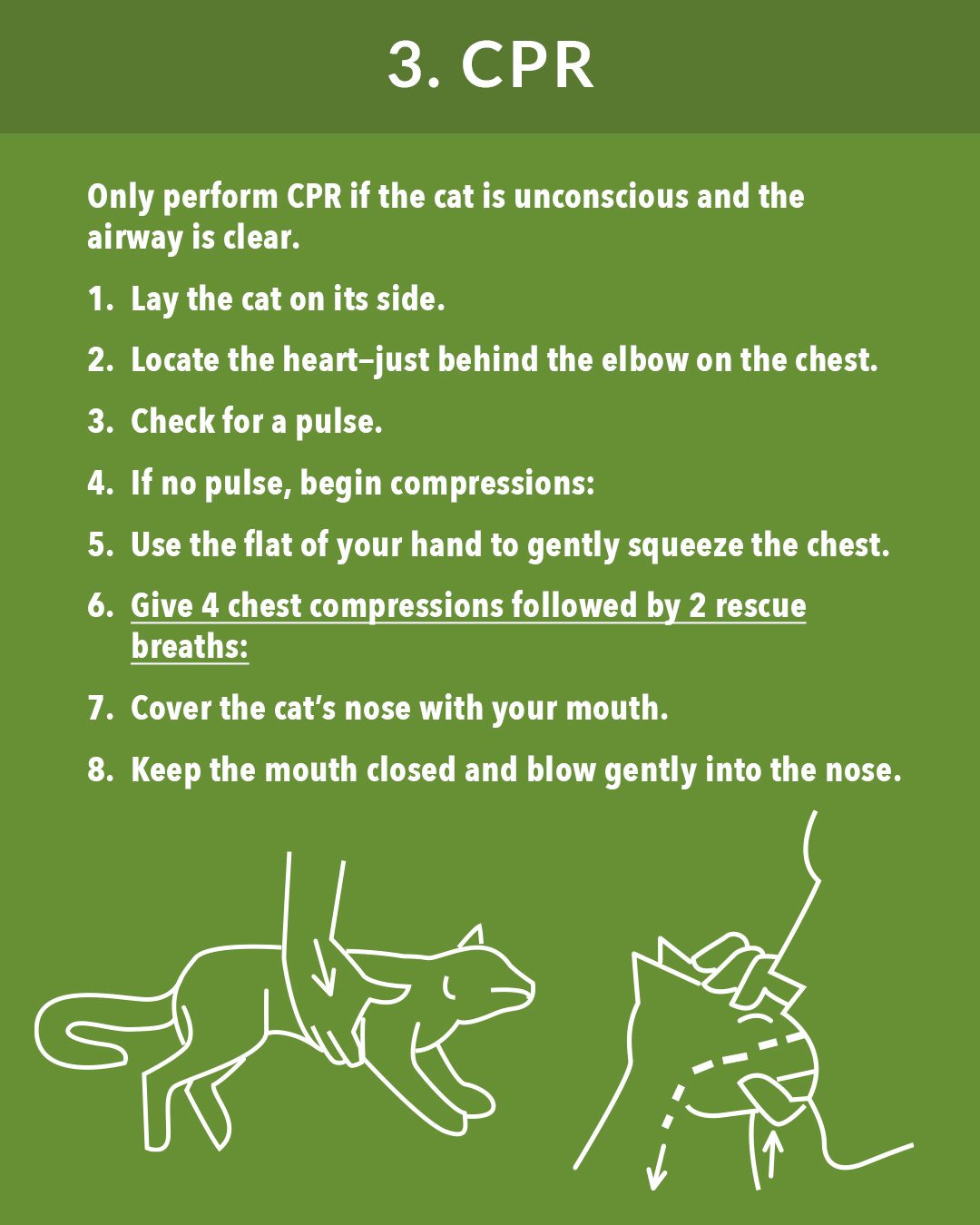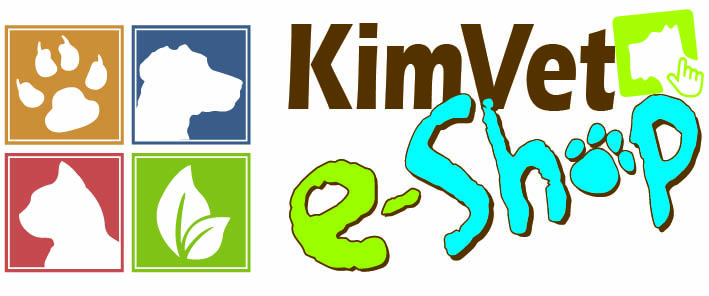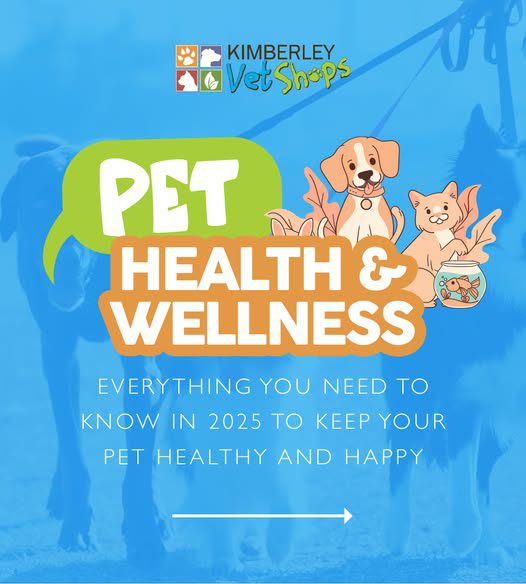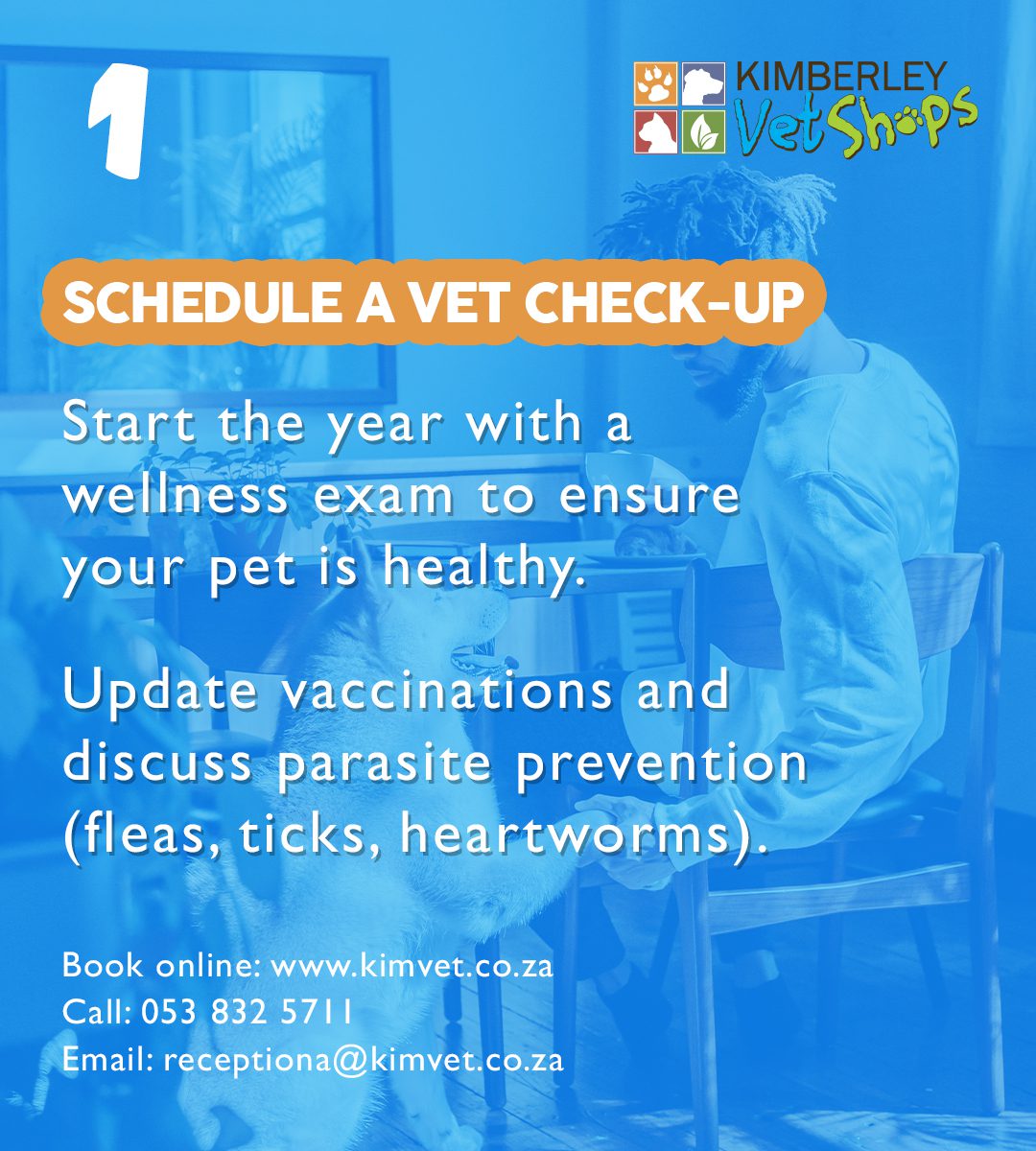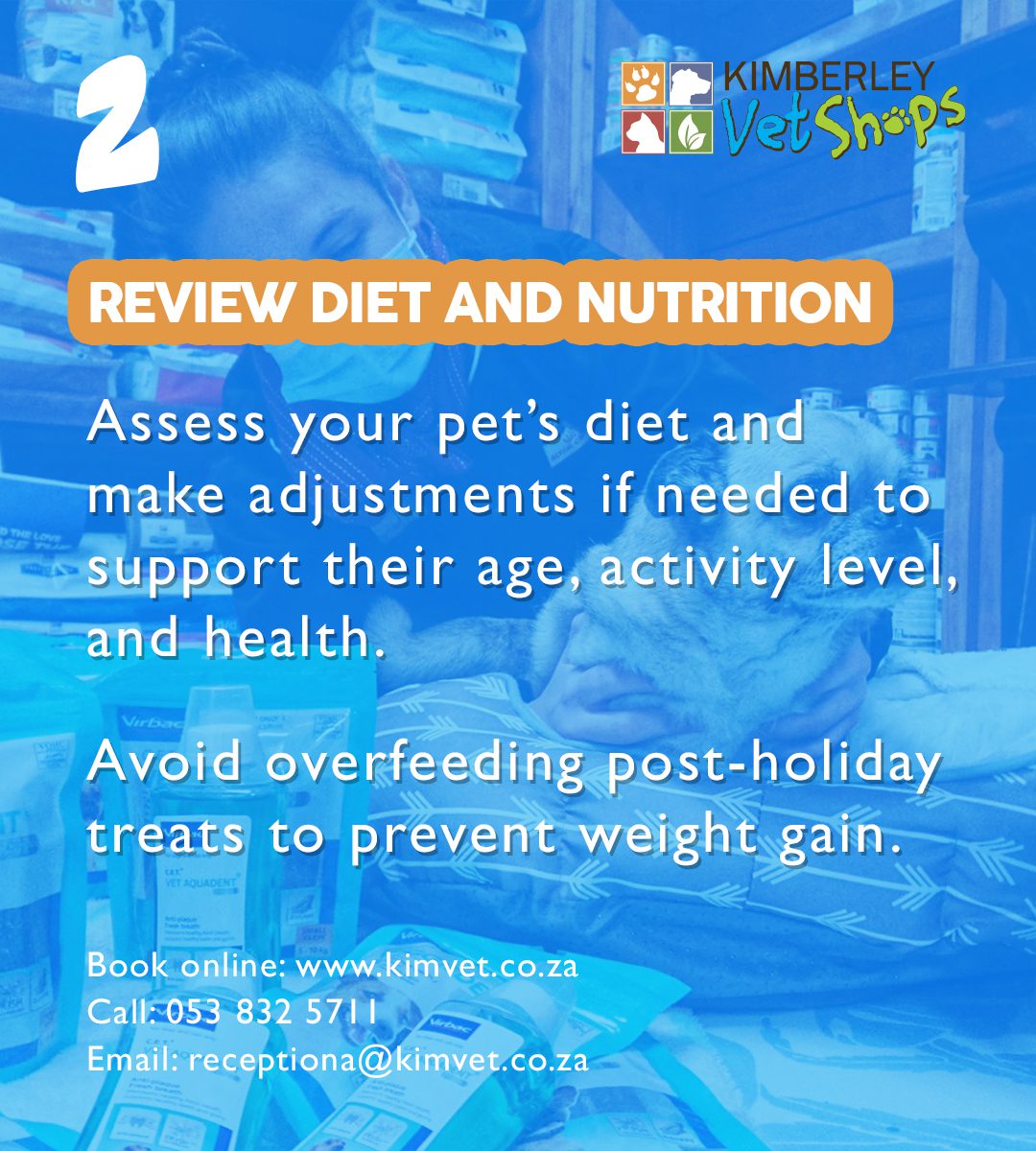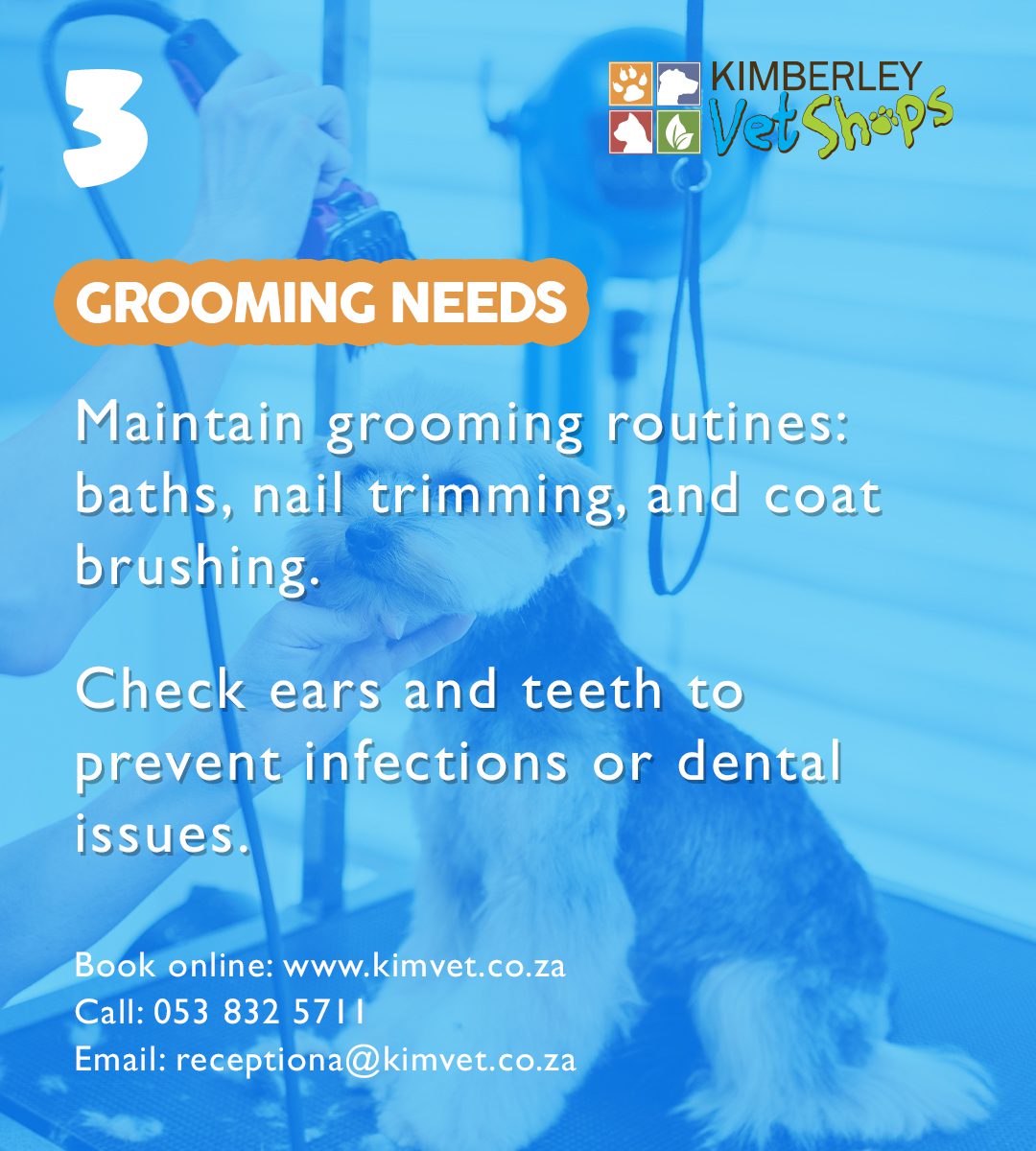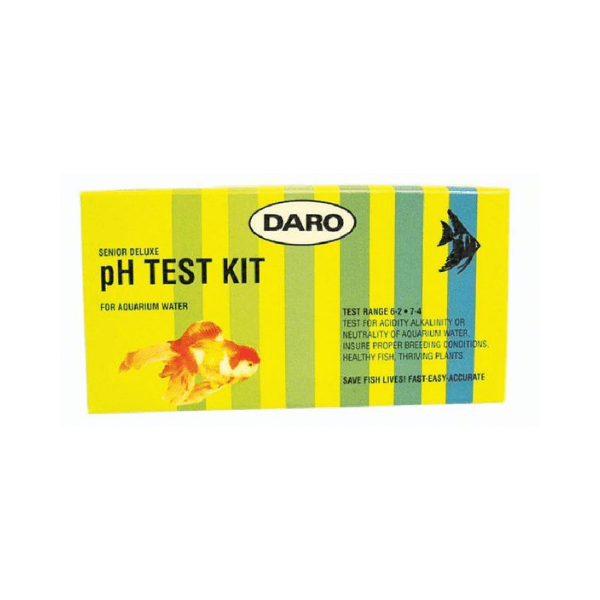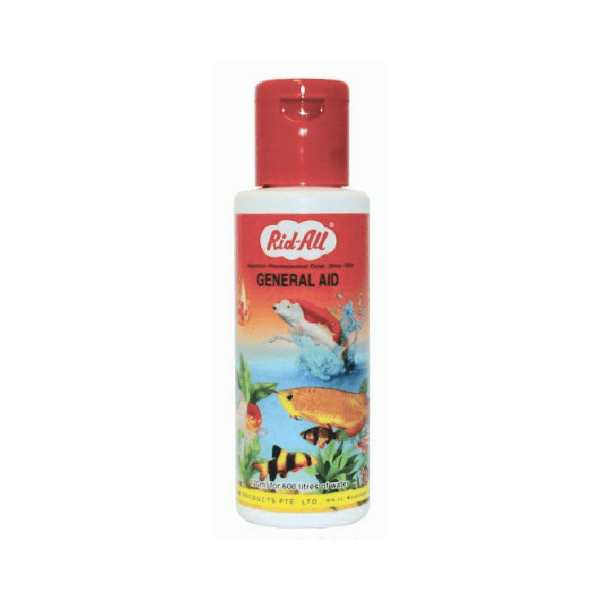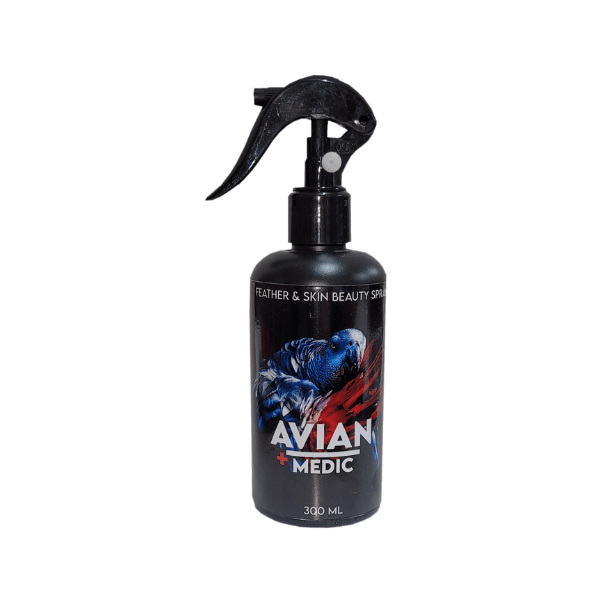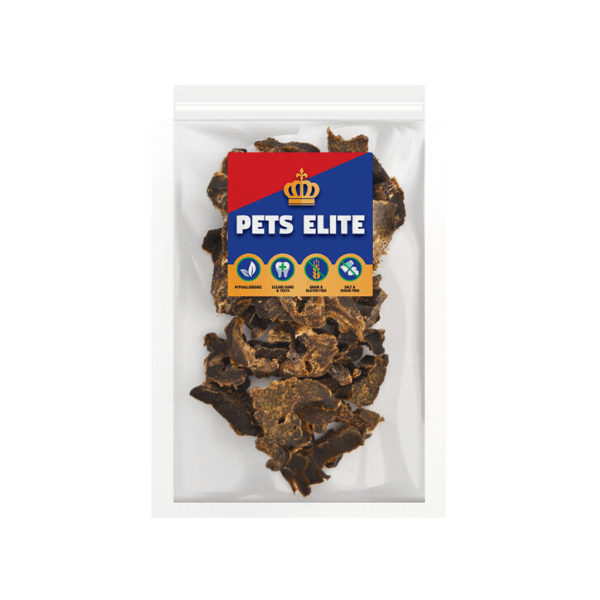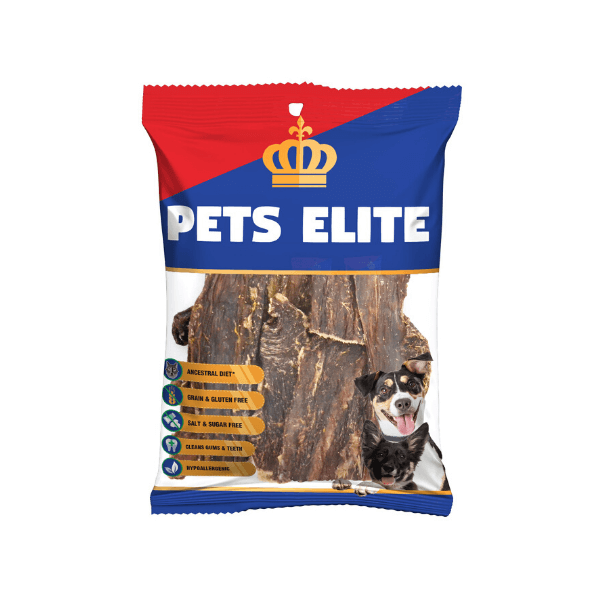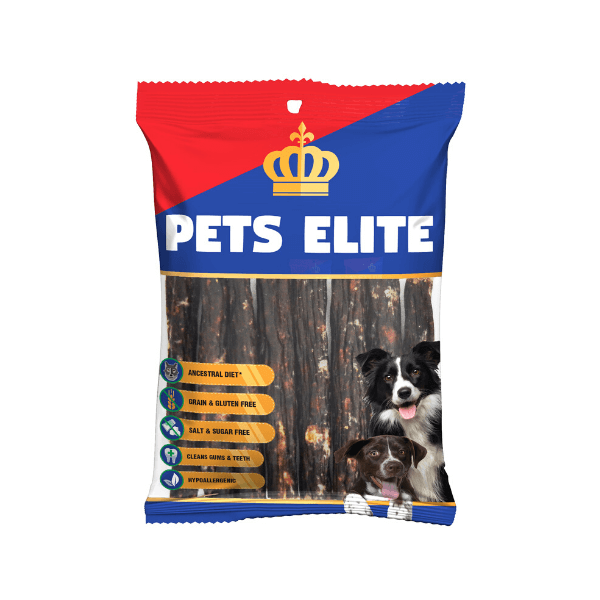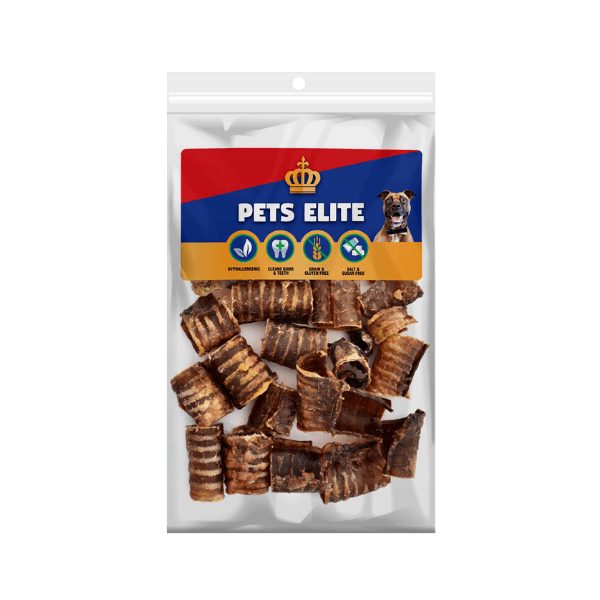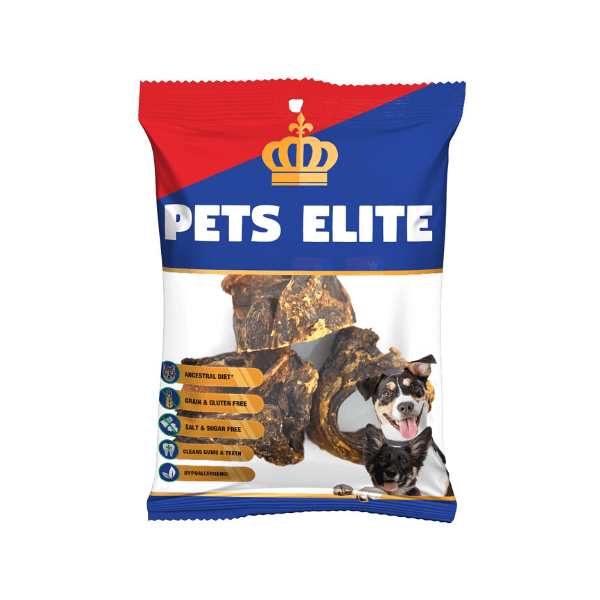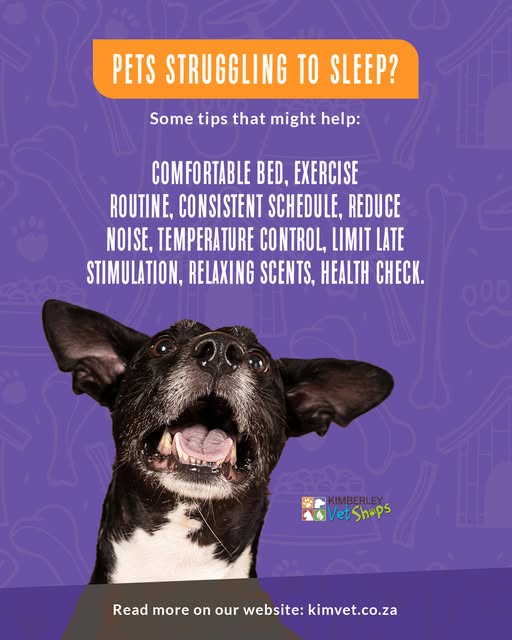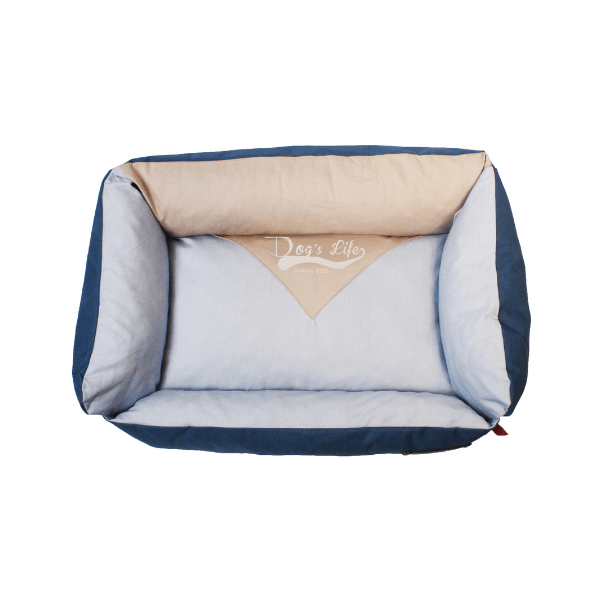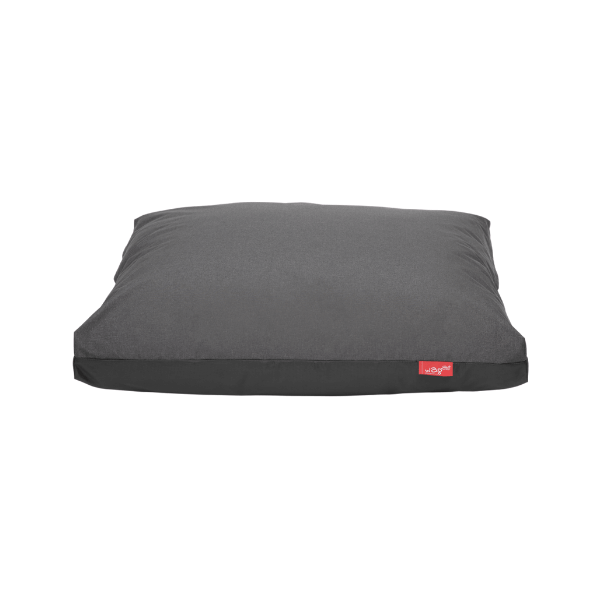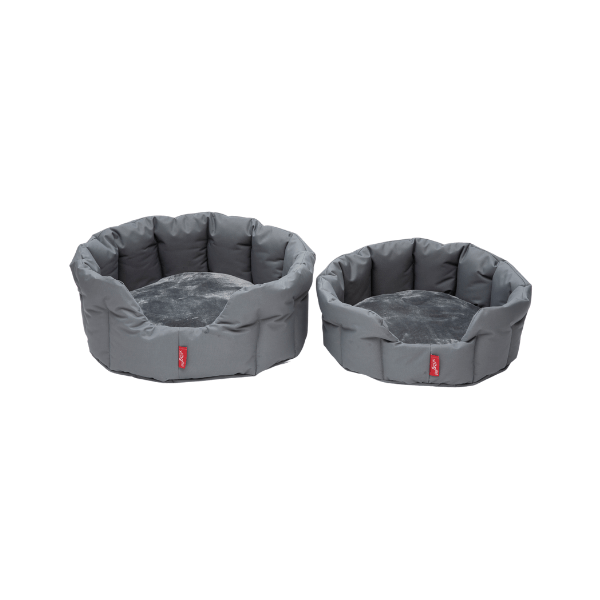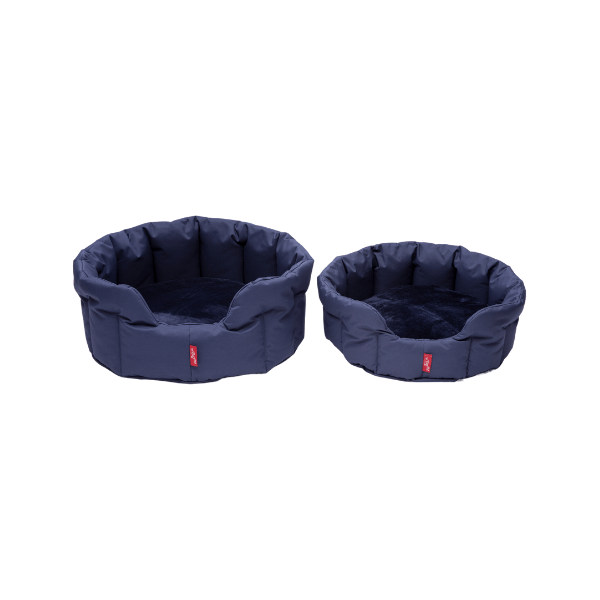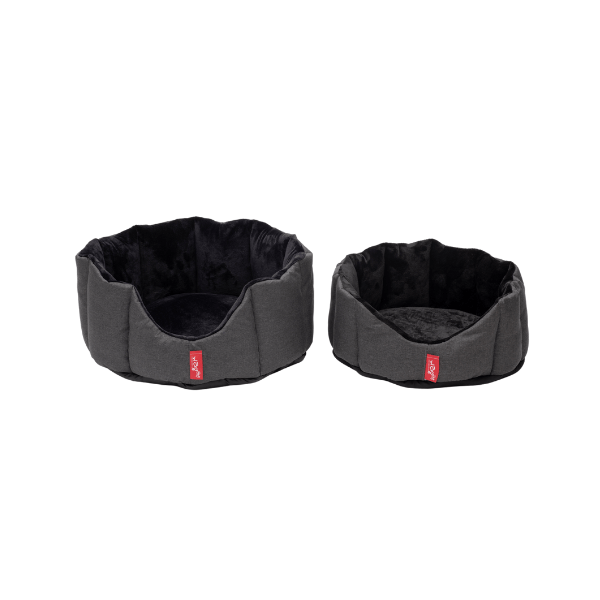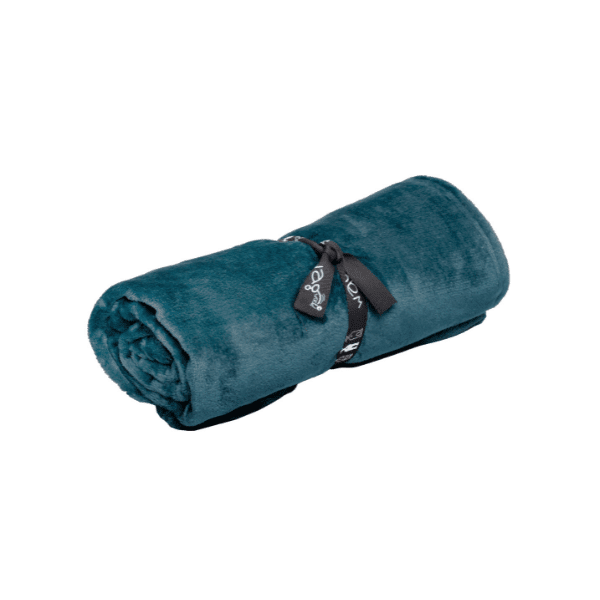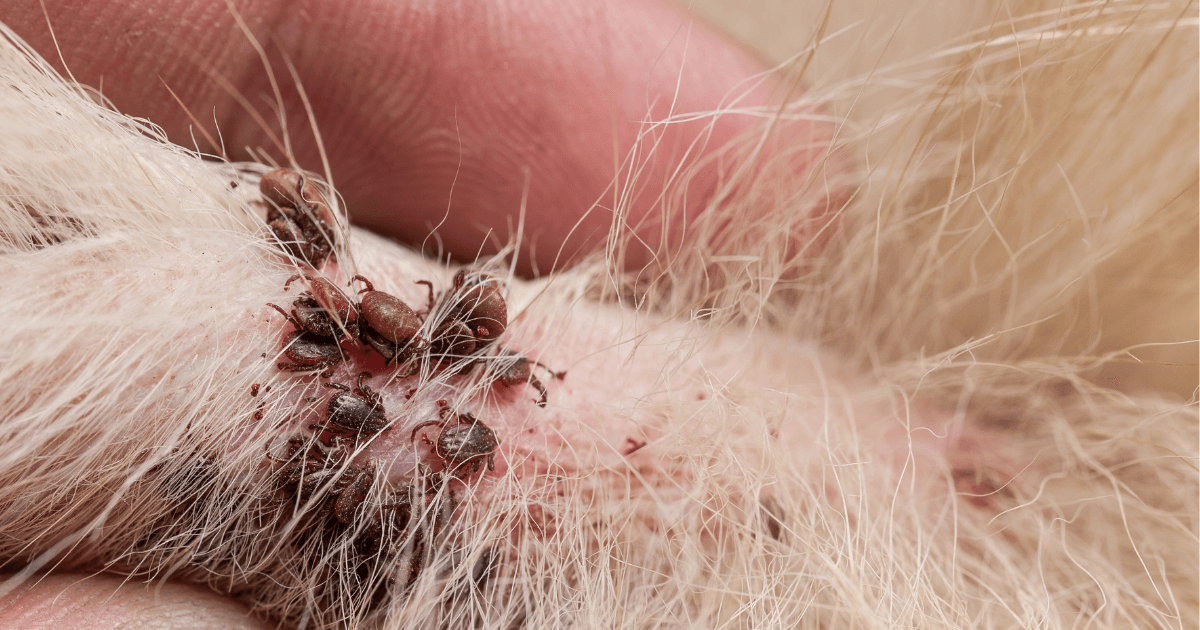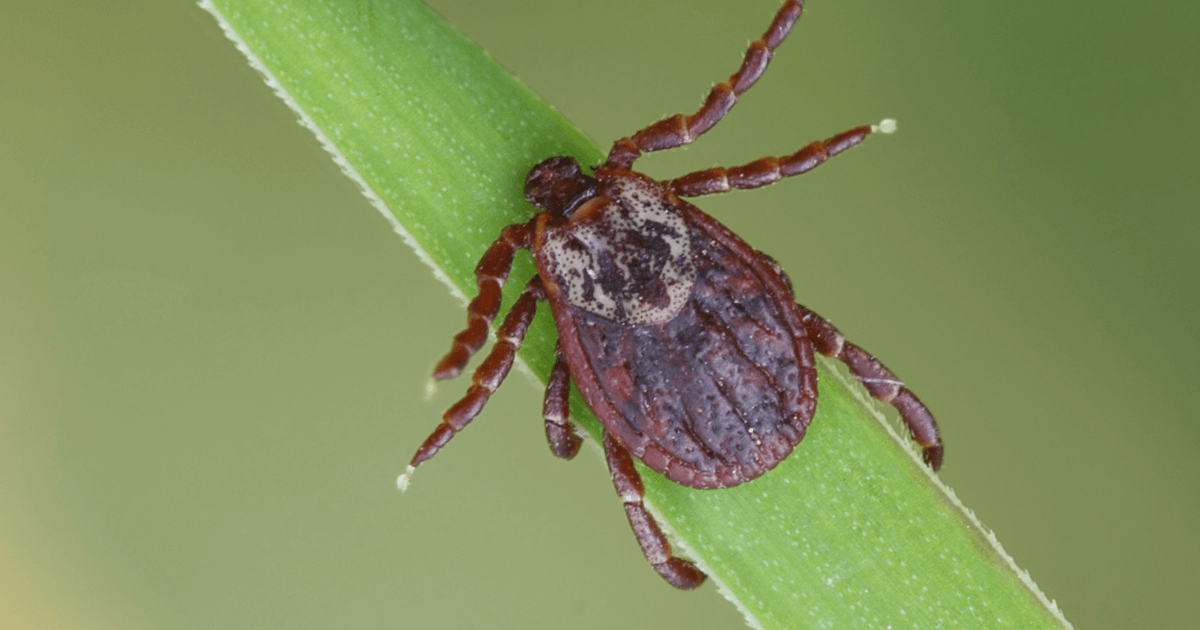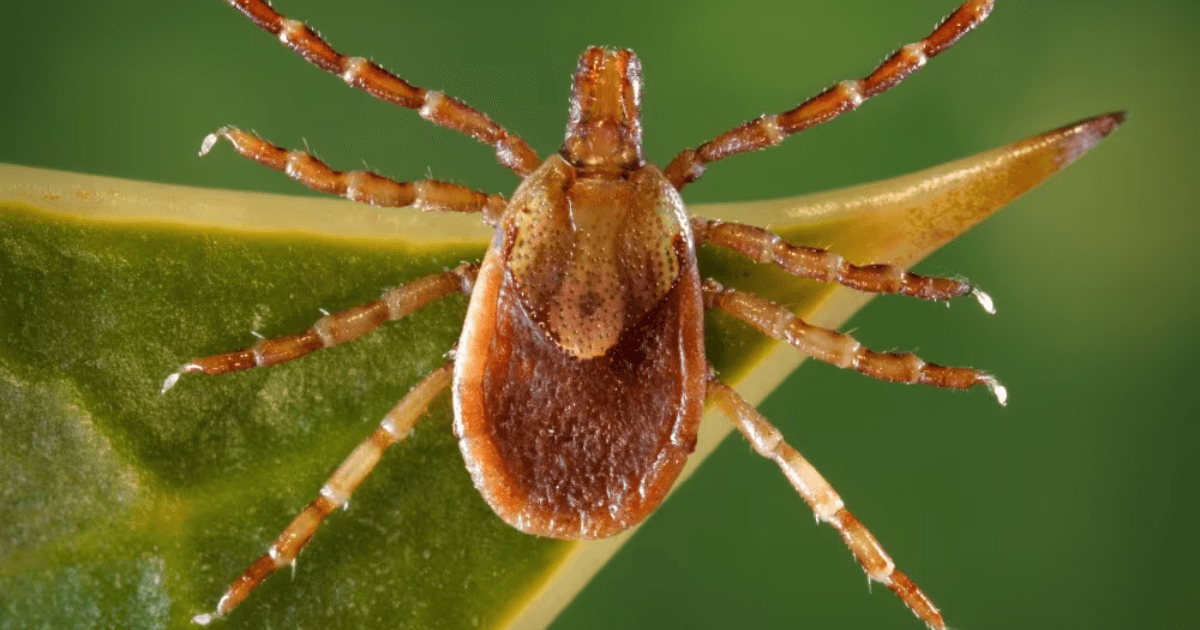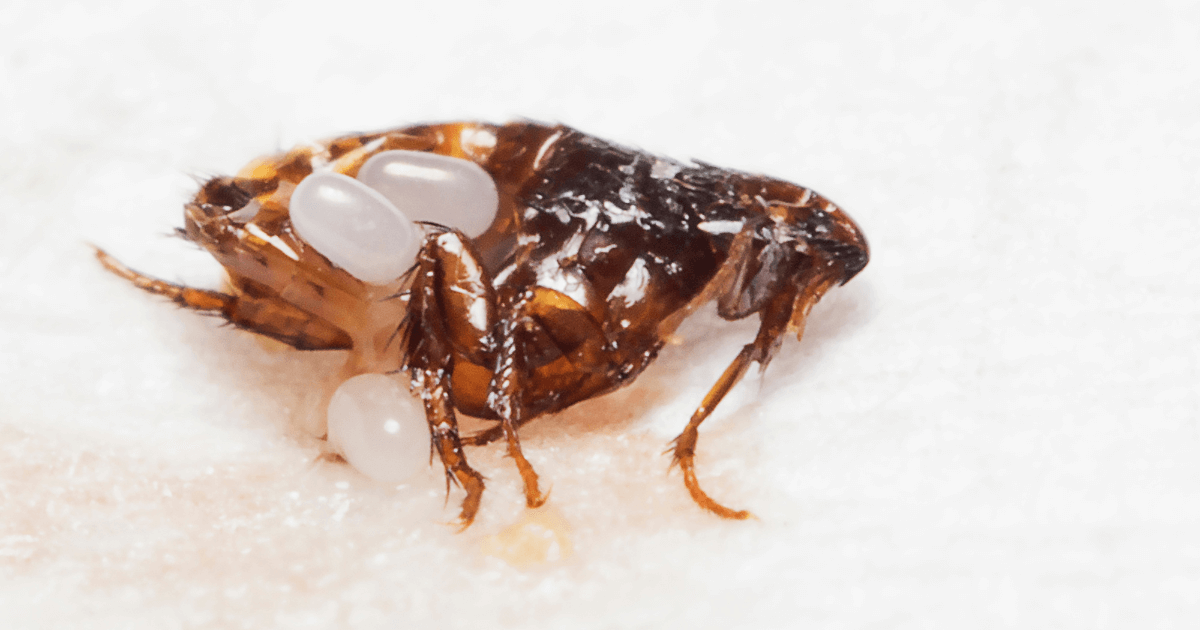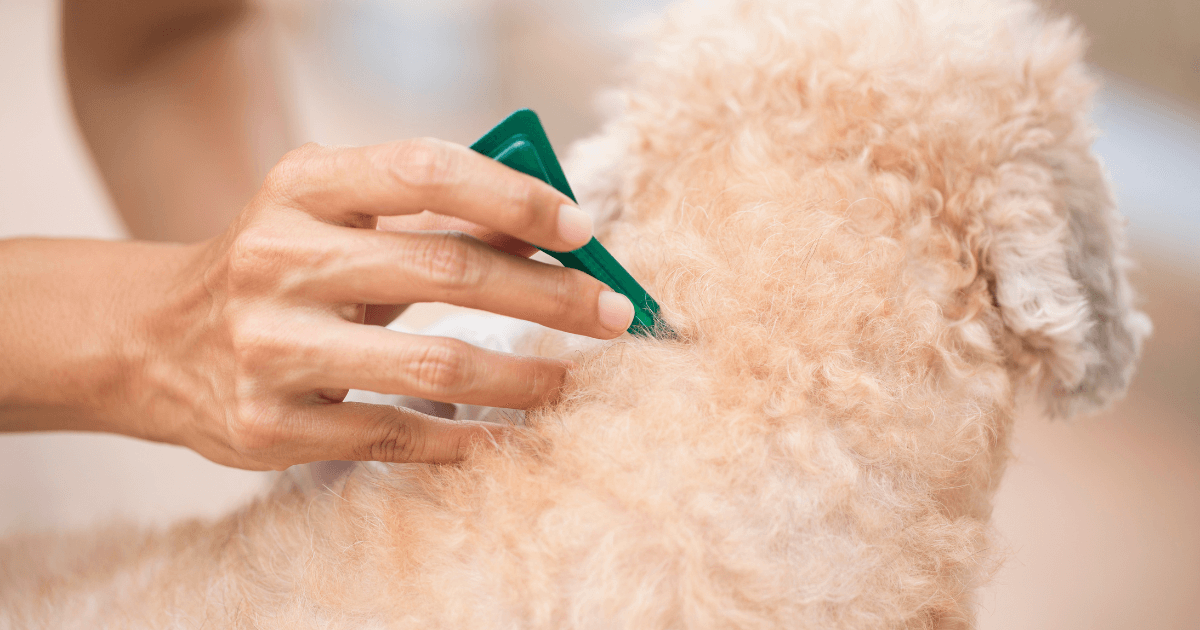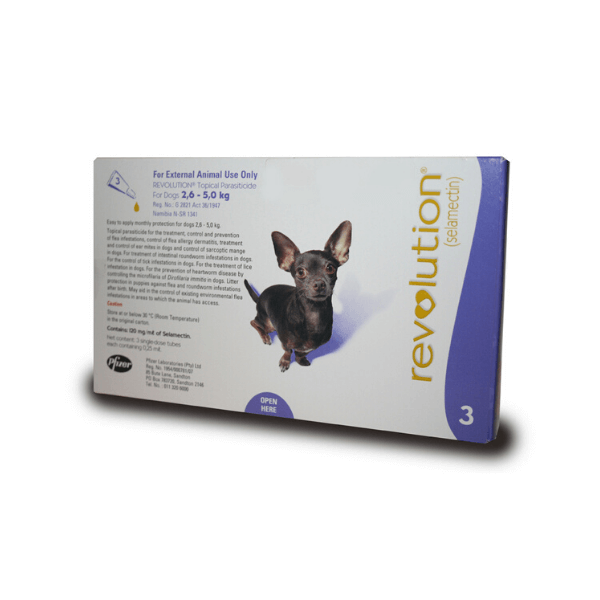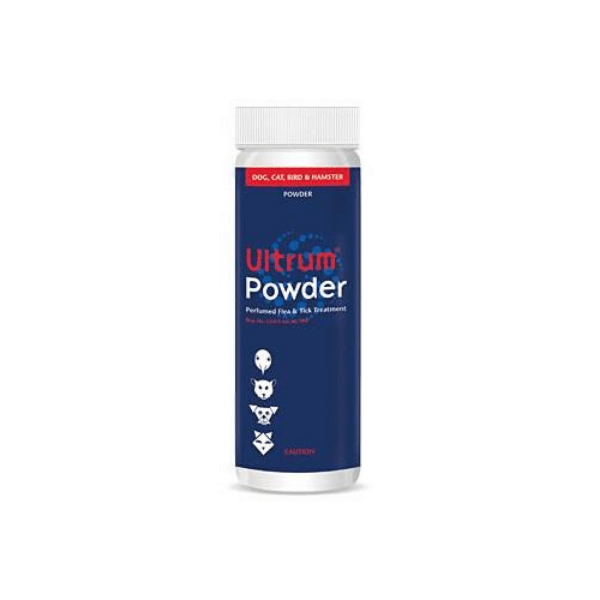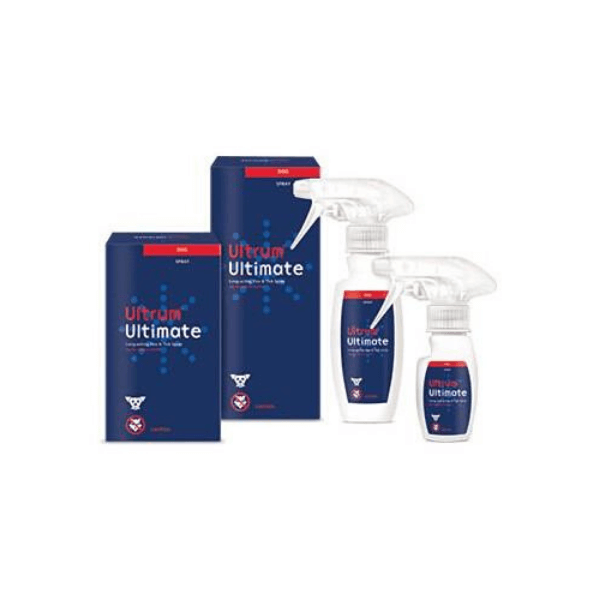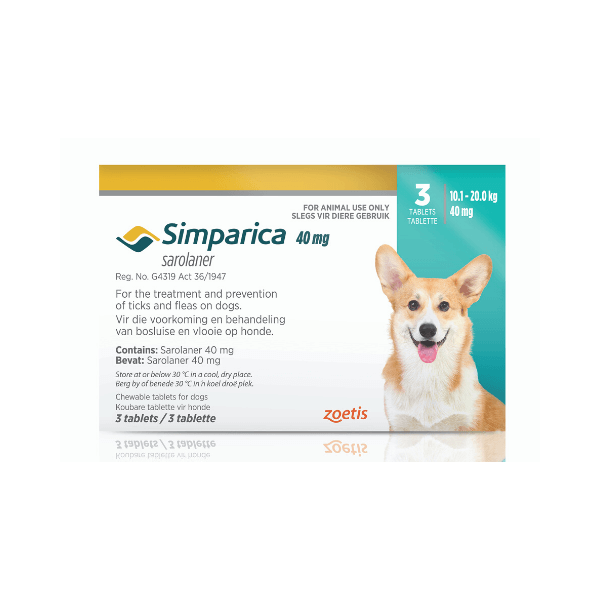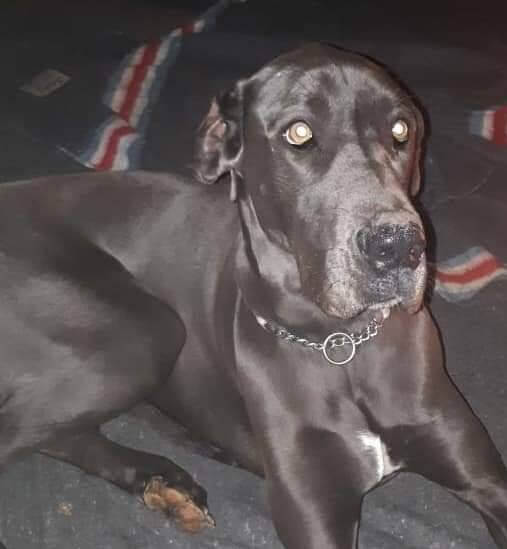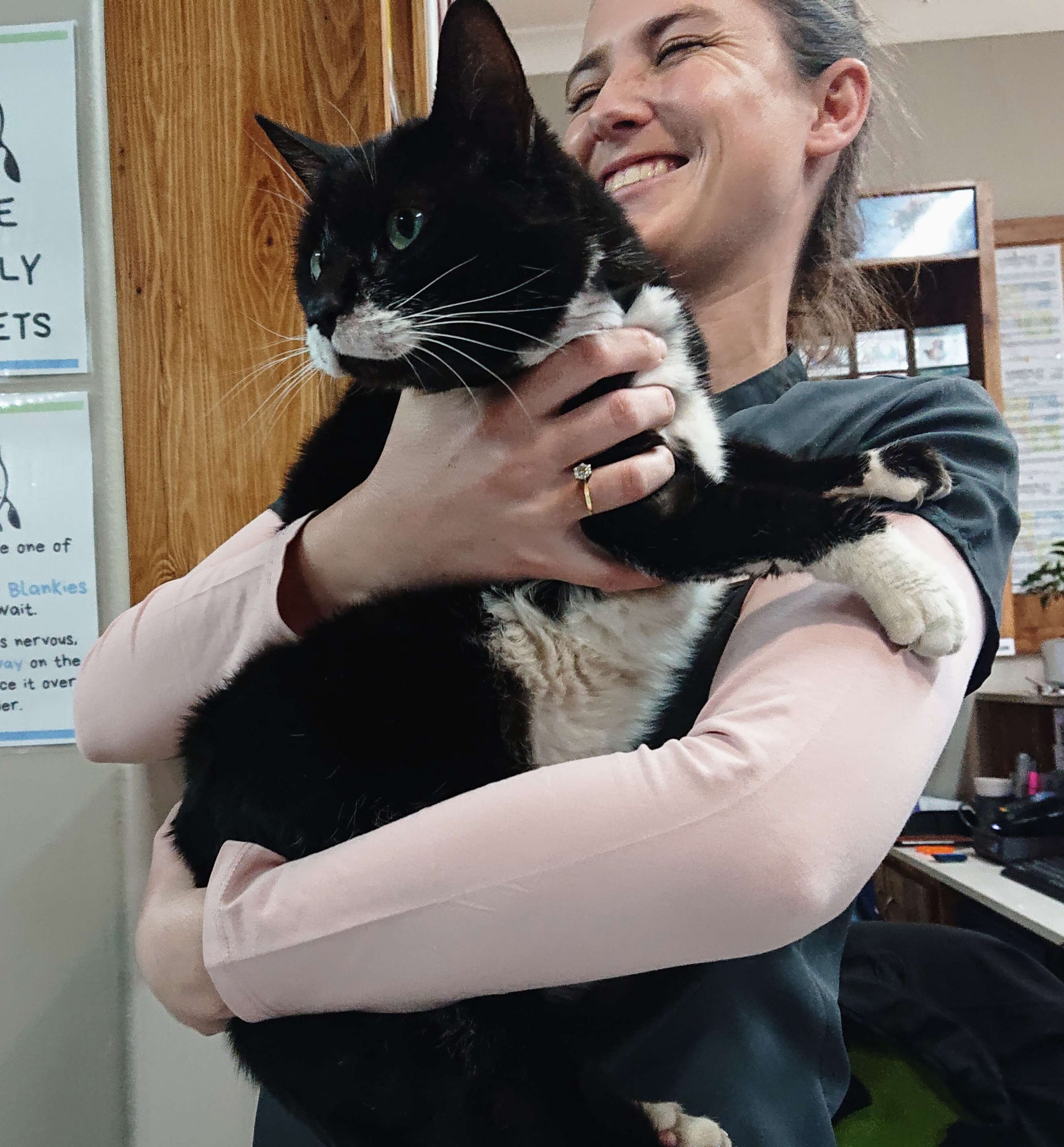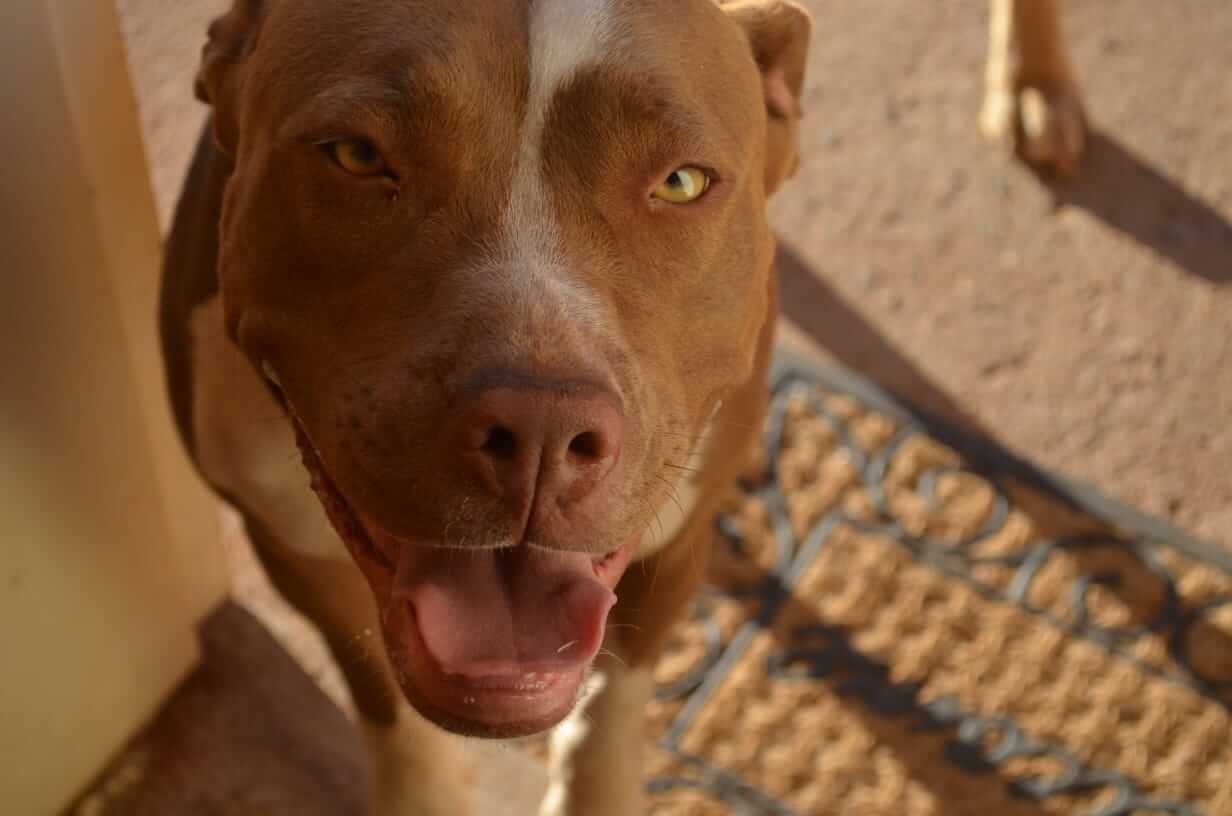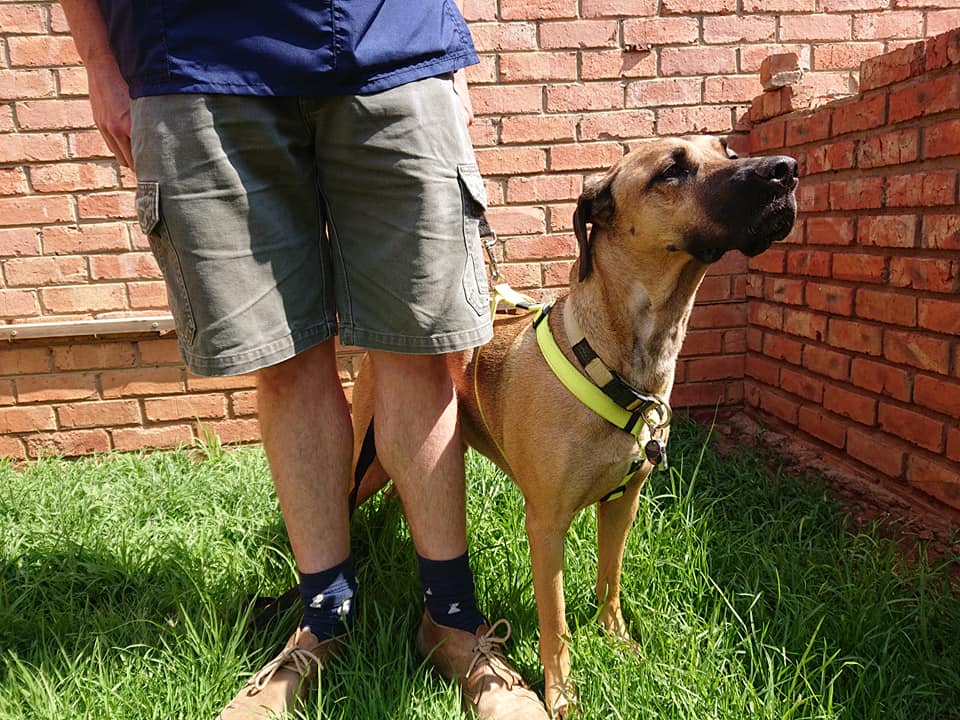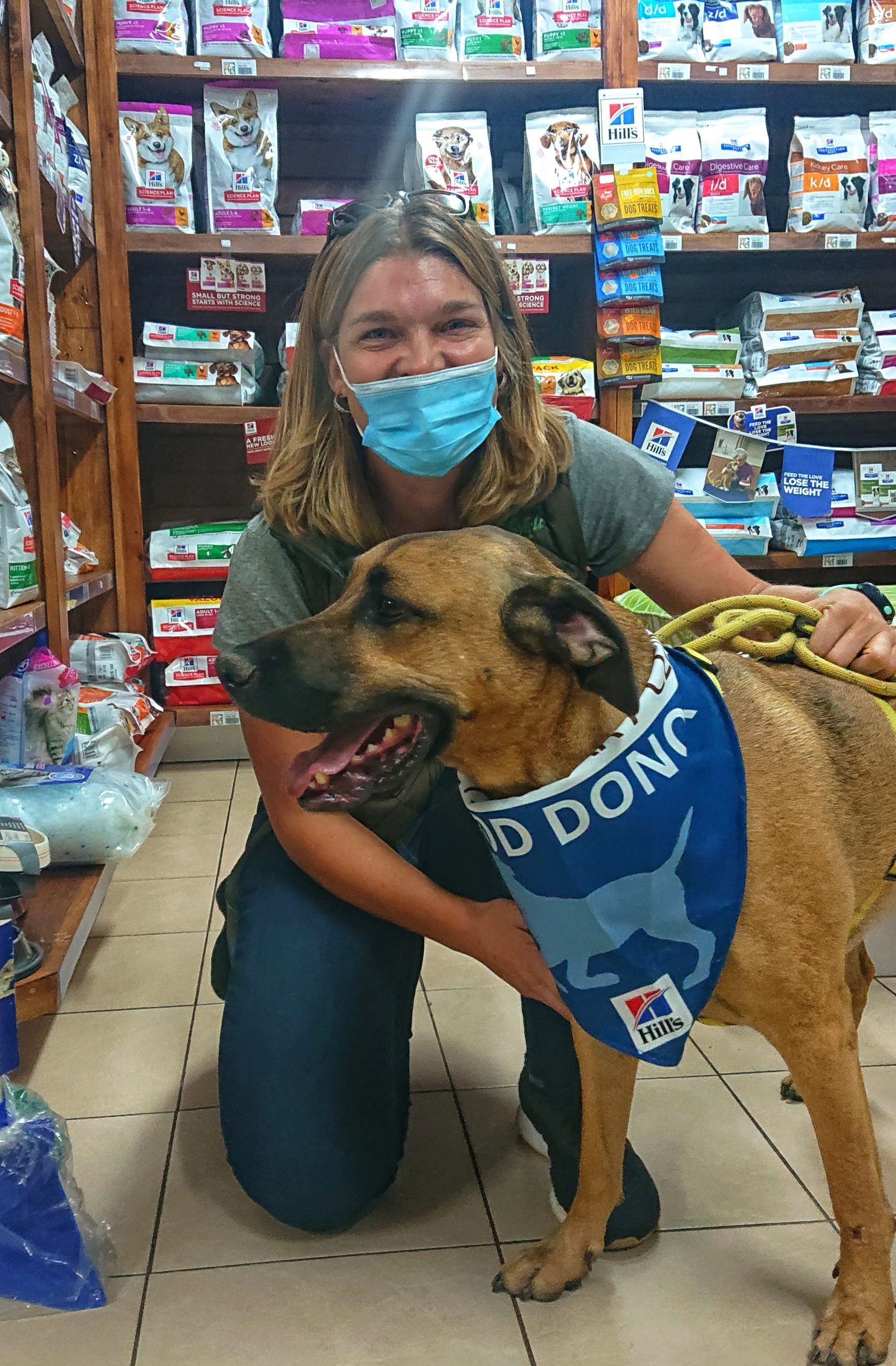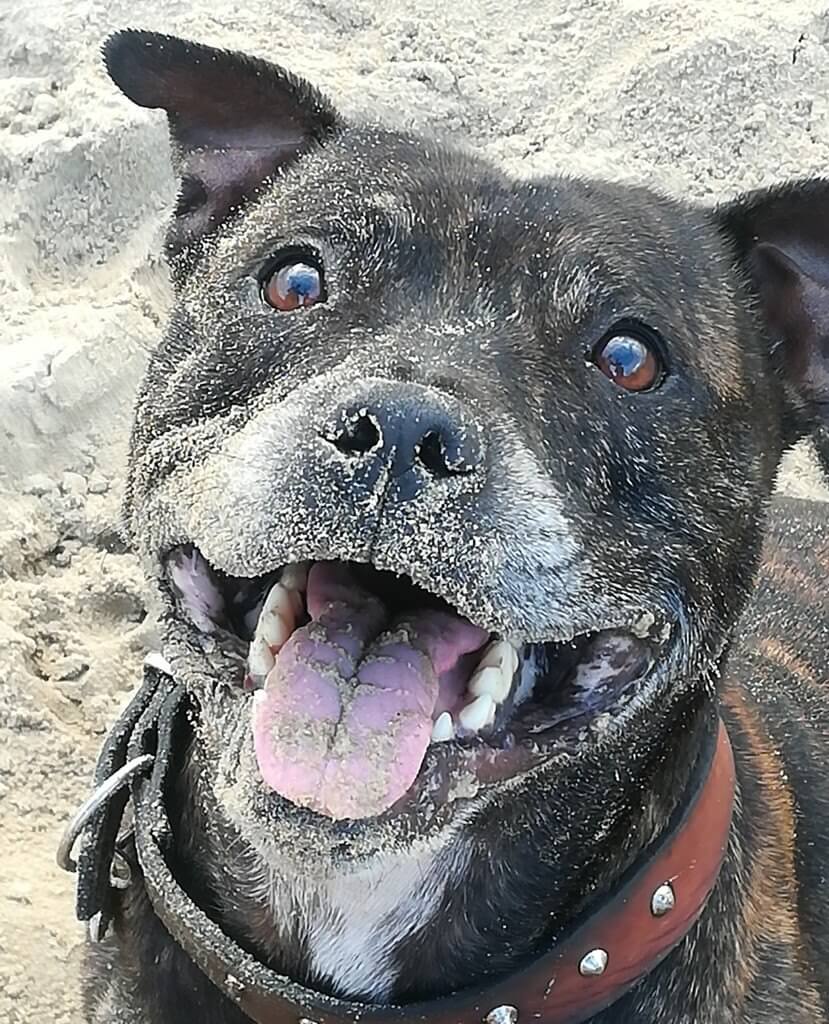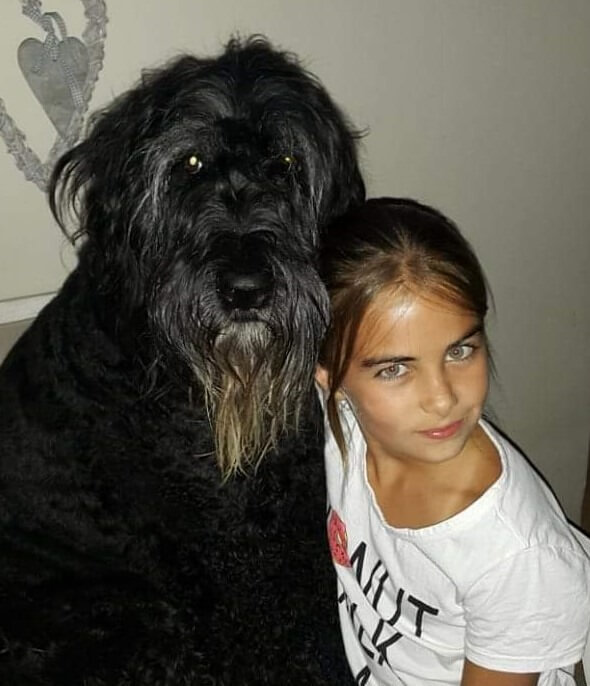
by Glixie Media | Apr 7, 2025 | Animal Behaviour, Cats, Fun Facts!
As cat owners, ensuring the well-being of our furry friends is paramount. In emergencies such as choking, knowing how to respond can mean the difference between life and death.
Here's a step-by-step guide to help you manage choking incidents and perform CPR on your cat if necessary:
1. Clear the Airways
The first and foremost step is to check and clear your cat’s airways:
**Open the Cat’s Mouth**: Gently pull the tongue forward and inspect for any visible obstructions.
**Use Tweezers for Reachable Objects**: If something is easily reachable, use tweezers (not fingers!) to remove it.
**Avoid Sharp Objects**: Never try to remove sharp objects (like needles) or items lodged deep in the throat, as this may push them further down.
**Veterinary Assistance**: If the obstruction cannot be safely removed, immediately take your cat to the veterinarian.
2. The Heimlich Maneuver
If the airway remains blocked, follow these steps to help free it:
**Position the Cat**: Place your cat on your lap with its hind legs raised slightly.
**Thump between Shoulder Blades**: Gently but firmly thump between the shoulder blades to try to dislodge the object.
If this method fails, it’s time to perform the Heimlich maneuver:
**Locate the Ribcage**: Place your hands behind the ribcage.
**Apply Pressure**: Press gently but firmly on the abdomen 4-5 times.
**Check Again**: After several attempts, check if the object is dislodged.
If the cat is still not breathing or is unconscious, you must proceed immediately to CPR.
3. CPR (Cardiopulmonary Resuscitation)
Before starting CPR, remember to ensure that the airway is clear.
**Lay the Cat on Its Side**: Start by positioning your cat on its side.
**Locate the Heart**: Find the heart, which is located just behind the elbow on the chest.
**Check for a Pulse**: If no pulse is detected, begin compressions:
**Chest Compressions**: Using the flat of your hand, gently squeeze the chest.
**Rescue Breaths**: Give four chest compressions followed by two rescue breaths:
– Cover the cat’s nose with your mouth.
– Keep the mouth closed and gently blow into the nose.
**IMPORTANT**: CALL A VETERINARIAN IMMEDIATELY after performing CPR or if you suspect your cat is in distress!
For more information on ensuring the health and safety of your pet, check out our [online shop](https://kimvet.co.za/online-shop/) or contact us for professional advice [here](https://kimvet.co.za/contact-us/).
#petsupplies #petcare #shoplocal #petlovers #petproducts #smallpets #animalcare #CatEnrichment #HappyCats #HealthyPets
Taking swift action in emergencies can save your cat’s life. Make sure you’re prepared and stay informed!
This blog post effectively combines informative content with actionable steps and maintains engagement through structured formatting, ensuring readers can easily follow the crucial first aid procedures for their cats.
Whilst you are here, Shop some Products for your CAT;
Showing 25–36 of 541 resultsSorted by popularity
-

Revolution Plus Cats 2.5 – 5kg (per ampule)
Rated 5.00 out of 5
R181.11
-

Character Bell Whale (per bell)
Rated 5.00 out of 5
R16.42
-
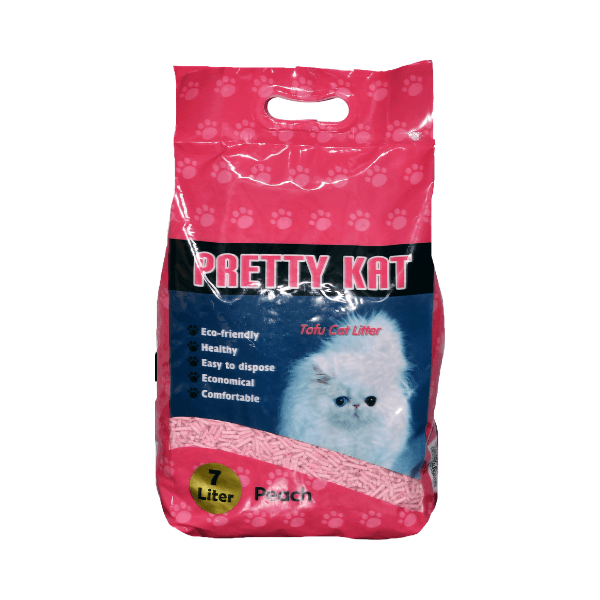
100% Natural Clumping Cat Litter Peach Scented 7L
Rated 5.00 out of 5
R173.65
-
Sale!

Feather Spoil Ball
Rated 5.00 out of 5
R44.84 Original price was: R44.84.R40.36Current price is: R40.36.
-

Ball & Feather
Rated 5.00 out of 5
R46.35
-
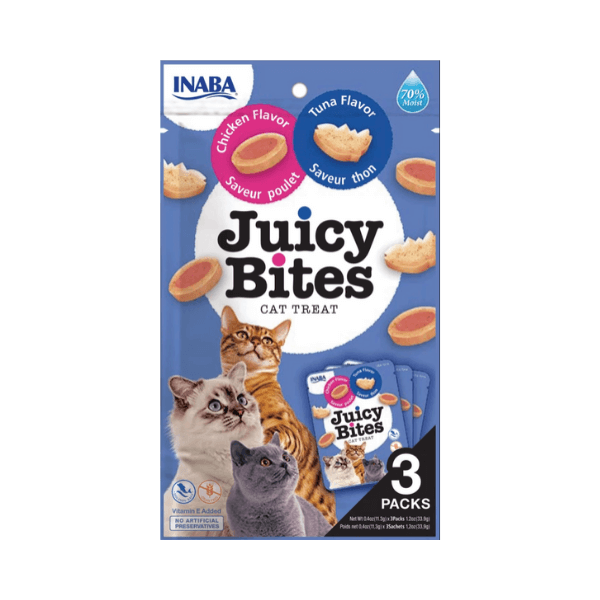
Juicy Bites 11.3g (single), Cats Treats, KimVet e-Shop, Inaba
Rated 5.00 out of 5
R28.98
-
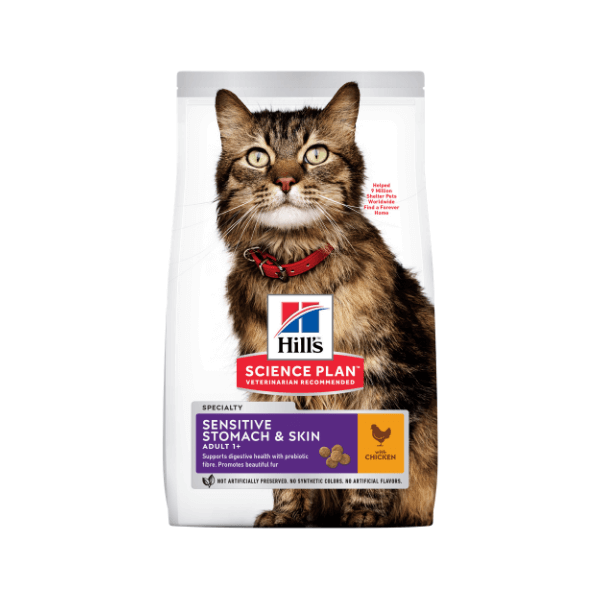
Adult Sensitive Stomach & Skin, Cats Food, KimVet e-Shop, Hill’s Science Plan
Rated 5.00 out of 5
R359.01 – R1,325.00
-
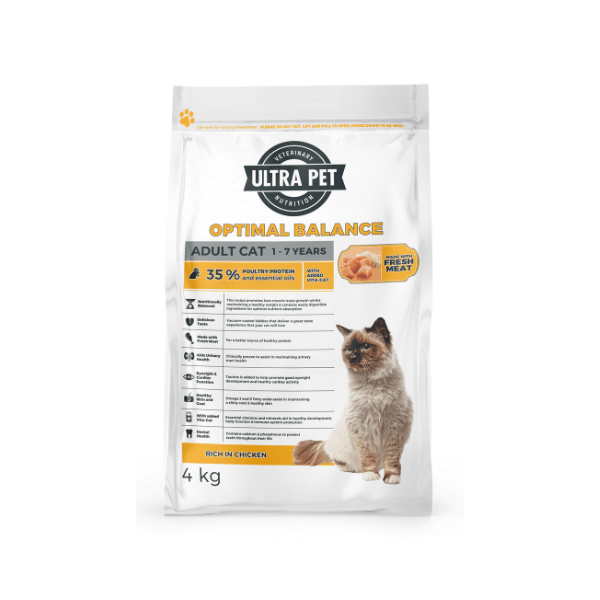
Adult Optimal Balance, Cats Food, KimVet e-Shop, Ultra Pet
Rated 5.00 out of 5
R264.00 – R1,110.01
-
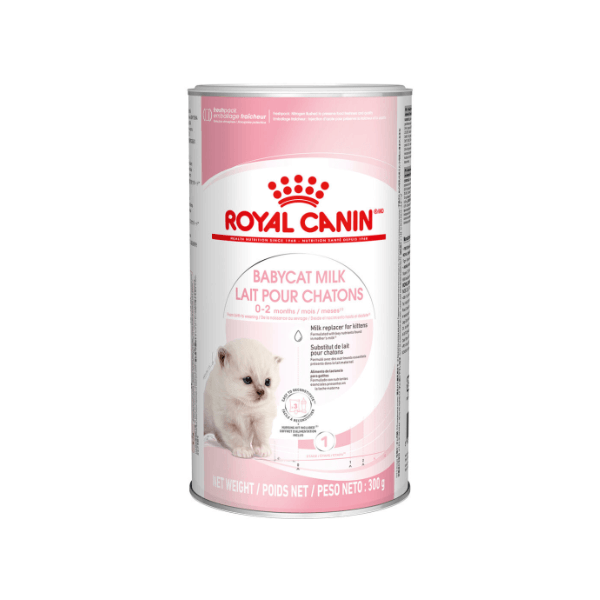
Kitten Babycat Milk 300g, Cats Food, KimVet e-Shop, Royal Canin
Rated 5.00 out of 5
R429.14
-
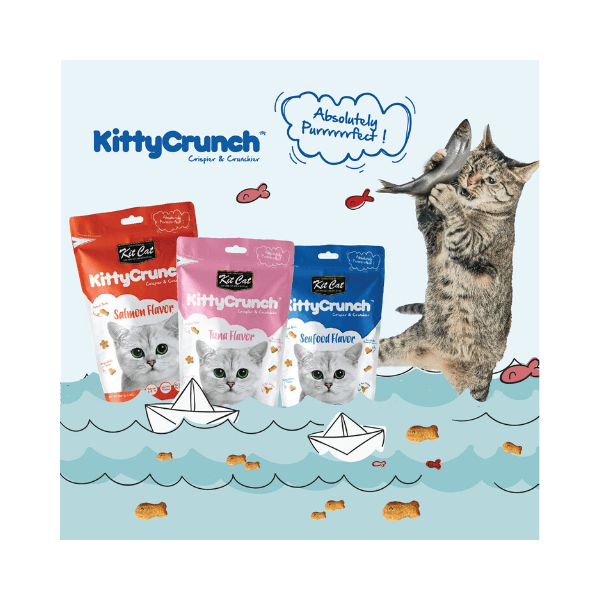
KittyCrunch 60g, Cats Treats, KimVet e-Shop, Kit Cat
Rated 5.00 out of 5
R63.00 – R63.48
-

Calming Cuddler Green
Rated 5.00 out of 5
R370.30 – R1,207.50
-
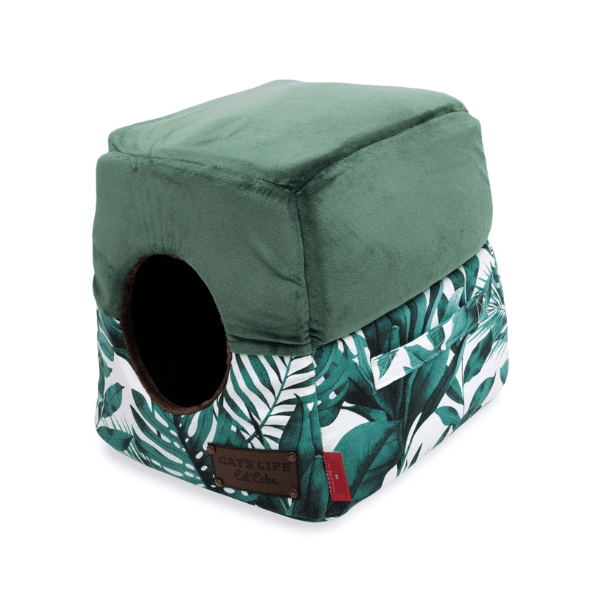
Cat’s Life Cat Cube Foliage Green
Rated 5.00 out of 5
R660.10
Like this:
Like Loading...
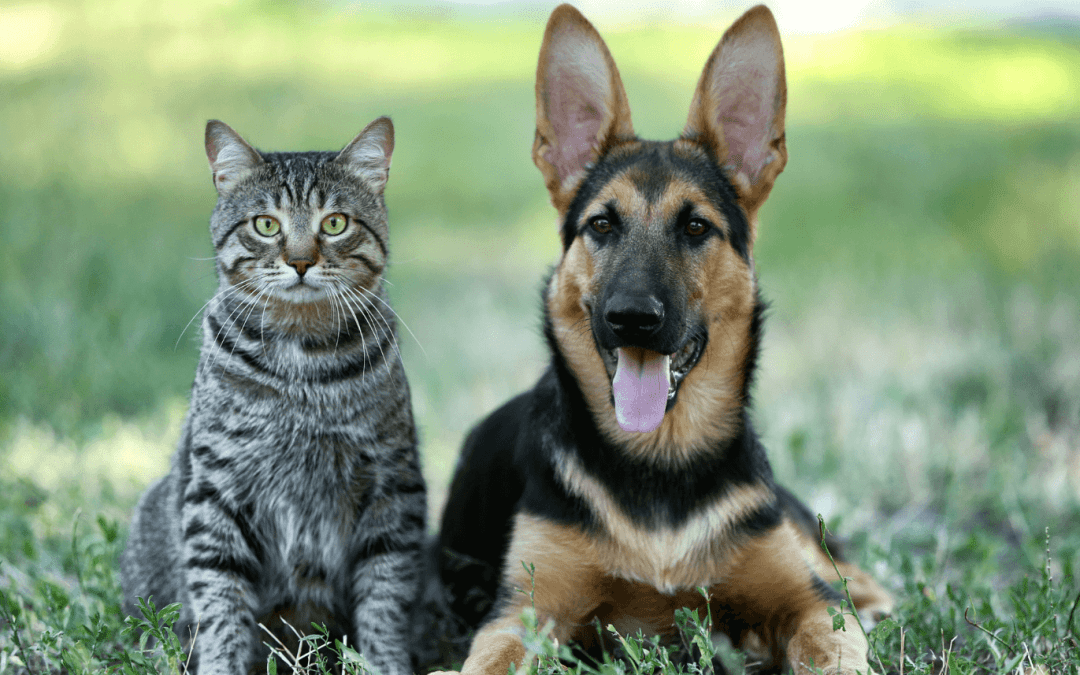
by Rina van Eeden | Jan 30, 2025 | Cats, Dogs, Tick & Flea
As a pet owner, it’s essential to prioritize your furry friend’s health and well-being. Once crucial aspect of pet care is protecting your dogs and cats from ticks and fleas. These external parasites can cause significant discomfort, transmit diseases, and even lead to life-threatening conditions. In this blog, we’ll delve into the importance of tick and flea treatment for dogs and cats, exploring the risks associated with these parasites, the benefits of treatment, and the best methods for prevention.
The Risks Associated with Ticks and Fleas
Ticks and fleas are two of the most common external parasites affecting dogs and cats. These parasites feed on the blood of their hosts, causing discomfort, anemia, and transmitting diseases.
Ticks are ectoparasites that attach themselves to dogs and cats, feeding on their blood. In South Africa, the most common tick species are the Brown Dog Tick (Rhipicephalus sanguineus), the Yellow Dog Tick (Haemaphysalis leachi), and the Bont Tick (Hyalomma marginatum). Ticks can transmit several diseases, including:
- Babesiosis: A life-threatening disease caused by the Babesia parasite, which infects red blood cells.
- Ehrlichiosis: A bacterial disease that can cause fever, lethargy, and bleeding disorders.
Fleas are small, wingless insects that feed on the blood of dogs and cats. In South Africa, the most common flea species is the Cat Flea (Ctenocephalides felis). Fleas can transmit diseases, including:
- Flea allergy dermatitis: A skin condition caused by an allergic reaction to flea bites.
- Tapeworms: Fleas can transmit tapeworms, which can cause digestive problems and weight loss.
In our next blog, we will go into more detail about the different diseases.
The Importance of Tick and Flea Treatment
Given the risks associated with ticks and fleas, it’s essential to prioritize tick and flea treatment for your dogs and cats. Treatment can help prevent the transmission of diseases, reduce discomfort and anemia, and prevent infestations.
- Prevention of diseases: Regular tick and flea treatment can prevent the transmission of diseases, reducing the risk of illness and death.
- Reduced discomfort: Treatment can alleviate the discomfort and anemia caused by tick and flea infestations.
- Prevention of infestations: Regular treatment can prevent tick and flea infestations, reducing the risk of transmission to other pets and humans.
- Reduced risk of tick-borne diseases: Treatment can reduce the risk of tick-borne diseases, which can be life-threatening.
Methods for Prevention and Treatment
There are several methods for preventing and treating tick and flea infestations. These include:
- Topical treatments: Topical treatments, such as spot-on products, can be applied directly to the skin to kill ticks and fleas.
Frontline Plus Spot On (Single), Dogs Tick/Flea, KimVet e-Shop, Boehringer
For the treatment and prevention of fleas and ticks on dogs and puppies from 8 weeks of age.
Revolution Plus Cats 2.5 – 5kg (per ampule)
Provides the broadest scope of protection in one dose, protecting cats and kittens inside and out against flea, ticks, ear mite, roundworms, hookworms, and heartworms.
Frontline Plus Spot On 0.5ml, Cats Tick/Flea, KimVet e-Shop, Boehringer
For the treatment and prevention of fleas and ticks on cats and kittens from 8 weeks of age.
Revolution Dogs (per ampule)
Revolution is a spot-on that treats adult fleas and flea eggs on the pet plus flea eggs and larvae in the home, mites, lice, roundworm, hookworm, heartworm and controls ticks.
Collars and tags: Collars impregnated with tick and flea repellents can be used to prevent infestations.
Seresto Tick & Flea Collar Dog
Protects your dog from ticks & fleas for 32 weeks.
Ultrum Powder 100g, Cats Dogs Tick/Flea, KimVet e-Shop, Kyron
Ultrum Powder contains Porpoxur in a perfumed talc base, packed in a powder shaker – for the control of fleas, ticks, feather mites, red mites and lice on dogs, cats, puppies, kittens and birds, including cage birds and poultry. It is safe for use on rabbits. Ultrum Powder is cost effective and can be used regularly to keep flea infestations at bay (it is recommended to use it in conjunction with other flea and tick remedies).
14 in stock (can be backordered)
Shampoos and dips: Shampoos and dips can be used to kill ticks and fleas on dogs and cats.
Shampoo Ultrum Plus 250ml, Dogs Tick/Flea, KimVet e-Shop, Kyron
Ultrum Plus is a luxury insecticidal, flea & tick shampoo for dogs. Contains evening primrose oil, permethrin (for extended action), esbiothrin (for instant knockdown), piperonyl butoxide, lanolin and conditioners. The shampoo leaves the coat and fur silky-clean and sweet-smelling. Use Ultrum Plus when fleas and ticks are a problem and the dog-owner wants to ensure that the animal is completely free of these parasites. Not safe for cats.
9 in stock (can be backordered)
Controls demodectic mange, sarcoptic mange, ticks and lice.
Shampoo Ultrum Original 250ml, Cats Dogs Tick/Flea, KimVet e-Shop, Kyron
Ultrum Original is a luxury insecticidal, flea & tick shampoo safe for use on cats, dogs, puppies and kittens. Contains natural pyrethrum, piperonyl butoxide, humectant, lanolin and conditioners. The shampoo leaves the coat and fur silky-clean and sweet-smelling. It’s perfect for the new puppy or kitten brought into the home. Can be used in multi pet households to prevent toxicity in cats.
9 in stock (can be backordered)
Spray Ultrum Ultimate, Dogs Tick/Flea, KimVet e-Shop, Kyron
Ultrum Ultimate treats and prevents flea and tick infestations in dogs. Ultrum Ultimate gives over 3 weeks protection against fleas, kills flea eggs and larvae over 3 months and is also effective against ticks. Contains permethrin, es-bioallethrin, piperonyl butoxide and pyriproxifen. When fleas and ticks are a problem and the dog-owner wants to ensure that the animal is completely free of these parasites.
Oral medications: Oral medications, such as tablets and chewables, can be given to dogs to kill tick and fleas.
Nexgard Chewable, Dogs Tick/Flea, KimVet e-Shop, Boehringer
Nexgard contains afoxolaner, an insecticide-acaricide for oral treatment and prevention of flea, tick and mite infestations of dogs and puppies 8 weeks of age and older, for one month following a single administration.
Bravecto Chewable Tablet, Dogs Tick/Flea, KimVet e-Shop, MSD
For the treatment and prevention of tick, flea and mite infestations in dogs.
Simparica Chewable Tablet (3 Pack)
Simparica is a fast acting safe chewy tablet that starts killing fleas within 3 hours and ticks within 8 hours.
Nexgard Spectra Chewable, Dogs Tick/Flea, KimVet e-Shop, Boehringer
Nexgard Spectra is a beef-flavoured chew available in five sizes adapted to dogs and puppies according to their weight.
Environmental treatments: Environmental treatments, such as sprays and foggers, can be used to kill ticks and fleas in the environment.
Ultrum Powder 100g, Cats Dogs Tick/Flea, KimVet e-Shop, Kyron
Ultrum Powder contains Porpoxur in a perfumed talc base, packed in a powder shaker – for the control of fleas, ticks, feather mites, red mites and lice on dogs, cats, puppies, kittens and birds, including cage birds and poultry. It is safe for use on rabbits. Ultrum Powder is cost effective and can be used regularly to keep flea infestations at bay (it is recommended to use it in conjunction with other flea and tick remedies).
14 in stock (can be backordered)
Controls demodectic mange, sarcoptic mange, ticks and lice.
Spray Ultrum Ultimate, Dogs Tick/Flea, KimVet e-Shop, Kyron
Ultrum Ultimate treats and prevents flea and tick infestations in dogs. Ultrum Ultimate gives over 3 weeks protection against fleas, kills flea eggs and larvae over 3 months and is also effective against ticks. Contains permethrin, es-bioallethrin, piperonyl butoxide and pyriproxifen. When fleas and ticks are a problem and the dog-owner wants to ensure that the animal is completely free of these parasites.
Tick and flea treatment is essential for protecting your dogs and cats from the risks associated with these external parasites. Regular treatment can prevent the transmission of disease, reduce discomfort and anemia, and prevent infestations. By understanding the risks associated with ticks and fleas, the benefits of treatment, and the methods for prevention and treatment, you can help keep you furry friends free from these parasites.
Like this:
Like Loading...

by Glixie Media | Sep 23, 2024 | Cats, Dogs, Kimberley Veterinary Clinic Blood Bank, Patient of the Week
KIMVET'S BLOOD DONOR HEROES - WALL OF FAME
Make an online appointment today!
Fill in this form to request an appointment. Reception will contact you to confirm the time and date.
Or call — 053 832 5711
Like this:
Like Loading...
by Rina Van Eeden | Mar 27, 2023 | Cats, Dogs
Your pet has been bitten by a snake… What now?
We can attest that this is of every pet owner’s worst nightmare. One of them at least.
Snakes become more active once the weather warms up. There is a steep increase in snake bites during warmer weather, and we have seen an enormous amount of snake bite cases over the last few months.
To make this even worse, there is no antivenom available anywhere in South Africa.
A snake bite is classified as an emergency. This means that you need to get your pet to a vet ASAP. They will be treated promptly with intravenous fluids and antivenom, should there be available.
The first question we’re going to ask is, what snake was involved? This information is very important as it greatly influences the prognosis and treatment plan. There is no need to kill the snake, this places you and your pet at unnecessary risk. A basic description of the snake will do just fine.
Another will be whether your pet has received antivenom before, this could also influence the treatment plan.
Most pets are bitten around the face and limbs. Some have venom spat into their eyes, in this case, try to rinse your pet’s eyes with running water if they allow, then get to the vet for further treatment.
Snake Bite Symptoms To Look Out For:
While you may not always see the bite marks, there are some key symptoms to look out for.
Profuse salivation, swelling, especially around face, neck and limbs, rapid and shallow breathing, shivering/shaking, vomiting, dilated pupils, weakness and in severe cases, total collapse.
Symptoms will vary depending on the type of snake. Some are cytotoxic (eg. Puff Adder), others neurotoxic (eg. Cape Cobra) and haemotoxic (eg. Boomslang).
If you suspect your pet has been bitten by a snake, call your vet ASAP. Snake bites are emergencies, and the quicker the treatment can begin, the better the chances are for survival.
While we realsie that this is not always possible, preventing a snake encounter is best. If you encounter a snake on your daily walk, stop moving and slowly retreat, giving the snake room to escape. Do not allow your dog to sniff at the snake. If you’re in a known snake habitat, keep your dog on a leash, and preferably keep to open trails where snakes are easier to spot. If your dog is particularly curious and pawing at something, call them away from the area.
Prevention is better than cure, and it is better safe than sorry.
For more information on snakes and snake bites, please visit the African Snake Bite Institute website: https://www.africansnakebiteinstitute.com/snakebite/#pets
Like this:
Like Loading...

